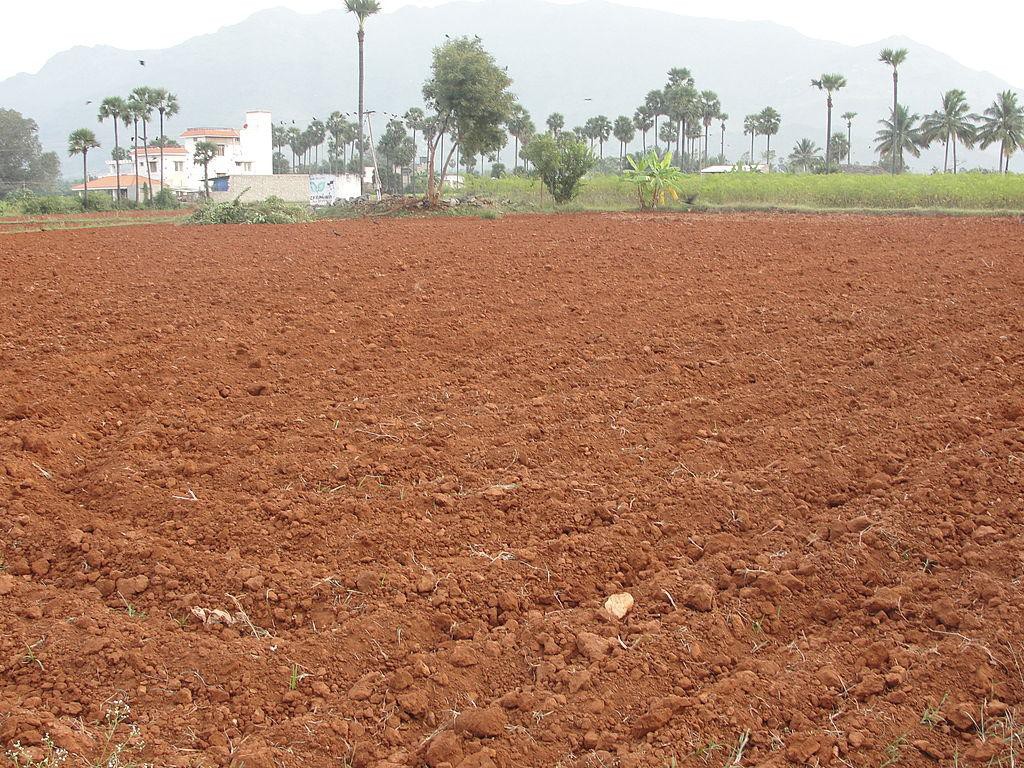In the vast landscape of agriculture, one fundamental factor plays a pivotal role in ensuring bountiful harvests – Alluvial Soil. This often-overlooked resource is the unsung hero of farming, providing a fertile ground for crops to flourish. In this comprehensive article, we delve into the depths of alluvial soil, exploring its characteristics, benefits, and the indispensable role it plays in shaping the agricultural landscape.
Read more about Rain Clouds
Contents
Understanding Alluvial Soil
What is Alluvial Soil?
Alluvial soil is a type of soil that owes its fertility to centuries of deposition by rivers and streams. Composed of a rich blend of minerals, organic matter, and silt, it is renowned for its exceptional fertility. This unique combination creates an ideal environment for plant growth, making it a sought-after substrate for agricultural activities.

Characteristics of Alluvial Soil
1. Texture
Alluvial soil is characterized by its fine texture, with particles ranging from sand to clay. This diverse texture contributes to its water retention capability and excellent drainage, creating an optimal balance for plant growth.
2. Nutrient Composition
Enriched with a plethora of nutrients, including nitrogen, phosphorus, and potassium, alluvial soil provides a natural reservoir of essential elements crucial for plant development. This nutrient-rich composition eliminates the need for excessive fertilization, making it an environmentally friendly choice for sustainable farming practices.
Agricultural Significance
Unraveling the Importance
1. High Crop Yields
The fertility of alluvial soil translates into high crop yields. Farmers cultivating crops in regions blessed with alluvial soil witness abundant harvests, leading to economic prosperity and food security.
2. Versatility
Alluvial soil is not limited to specific crops; it accommodates a wide range of agricultural activities. From cereals to vegetables, its versatility allows farmers to diversify their crops, contributing to a more resilient and sustainable agricultural system.
Utilizing Alluvial Soil for Sustainable Farming
Best Practices
1. Crop Rotation
To maximize the benefits of alluvial soil, implementing a crop rotation strategy is crucial. This practice prevents soil exhaustion, maintains fertility, and minimizes the risk of pests and diseases.
2. Conservation Tillage
Preserving the structure of alluvial soil is paramount. Conservation tillage methods, such as minimal soil disturbance and cover cropping, help in retaining moisture, preventing erosion, and preserving the soil’s integrity.
Challenges and Solutions
1. Erosion Risks
While alluvial soil is highly fertile, it is susceptible to erosion. Implementing agroforestry practices and contour plowing can mitigate erosion risks, ensuring the longevity of this invaluable resource.
2. Salinity Issues
In some regions, alluvial soil may face salinity challenges. Precision irrigation techniques and the use of salt-tolerant crops are effective measures to combat salinity, preserving the soil’s productivity.
Conclusion
In the grand tapestry of agriculture, alluvial soil stands as a lifeline, nurturing the roots of civilization itself. Its significance cannot be overstated, providing the foundation for thriving ecosystems and sustainable farming practices. As we celebrate the marvels of modern agriculture, let us not forget the silent contributor beneath our feet – the alluvial soil, shaping a verdant and fruitful future.



